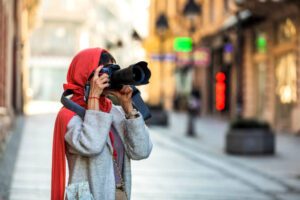Exploring the Different Styles of Hijab in the Media
The hijab is a religious garment worn by Muslim women to cover their hair and neck. It is a symbol of modesty and faith, and there are many different styles of hijab that can be worn. In this blog post we are exploring the different styles of Hijab in the media.
In the media, the hijab has been portrayed in a variety of ways. Sometimes, it is seen as a symbol of oppression, while other times it is seen as a symbol of empowerment. There are also many different ways that the hijab is styled in the media, reflecting the diversity of Muslim women around the world.
Different Styles of Hijab
There are many different styles of hijab that can be worn. Some of the most common styles include:
- The turban style is a simple and elegant style that is often worn by women in the Middle East. The scarf is wrapped around the head in a turban-like fashion, and the ends are tucked in or pinned in place.
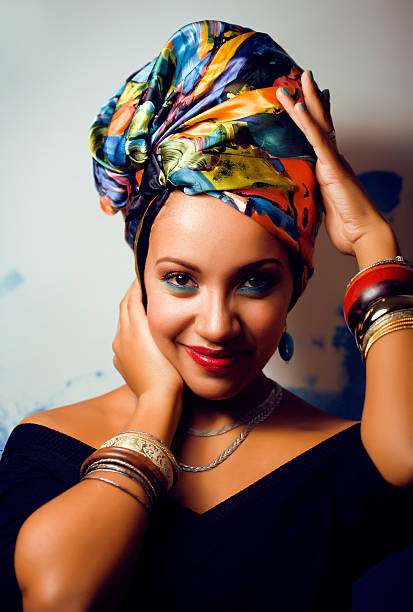
- The chador style is a more conservative style that is often worn in Iran. The scarf is draped over the head and shoulders, and it completely covers the body.
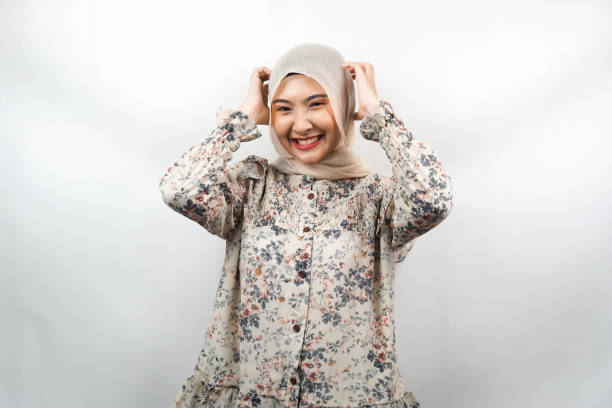
- The khimar style is a loose-fitting scarf that covers the head, neck, and chest. It is a popular style in many countries, including Indonesia, Malaysia, and Turkey.
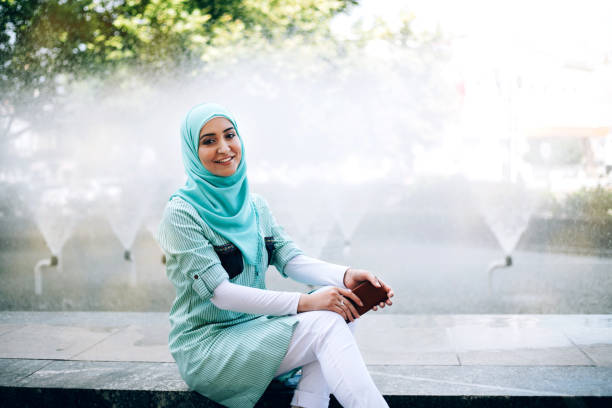
- The pashmina style is a lightweight scarf that is often worn in the winter. It can be wrapped around the head and shoulders in a variety of ways.
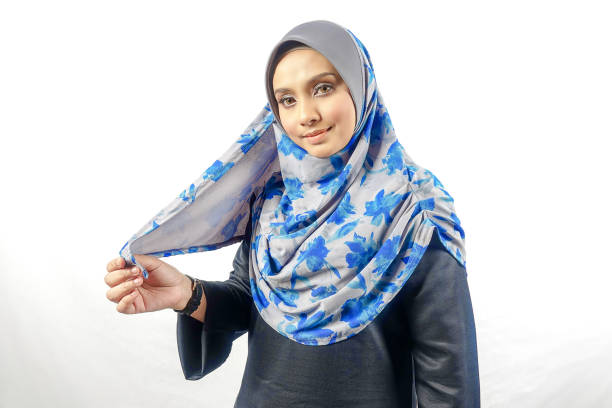
- The sporty style is a more casual style that is often worn by young women. The scarf is wrapped around the head in a loose and relaxed fashion.
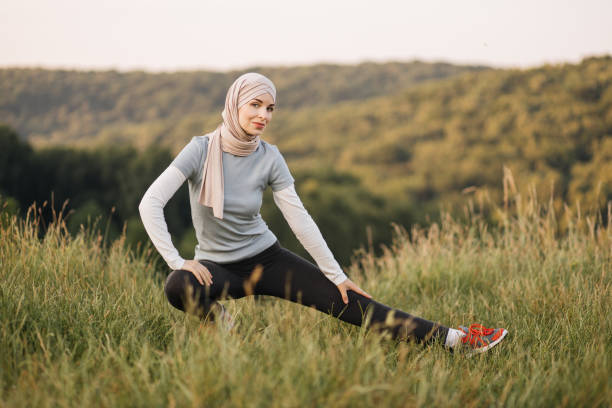
The Hijab in the Media
The hijab has been portrayed in a variety of ways in the media. Sometimes, it is seen as a symbol of oppression, while other times it is seen as a symbol of empowerment.
In some countries, the hijab is banned or restricted. For example, in France, it is illegal to wear the hijab in schools and government buildings. This has led to protests and demonstrations by Muslim women who feel that their right to religious freedom is being violated.
In other countries, the hijab is seen as a symbol of empowerment. For example, in Indonesia, the hijab is a popular fashion trend among young women. Many Muslim women in Indonesia feel that the hijab allows them to express their religious beliefs while also being stylish and fashionable.
The hijab is also a symbol of diversity. There are many different ways that the hijab can be worn, reflecting the diversity of Muslim women around the world. In the media, it is important to portray the hijab in a positive light, and to show that it is a symbol of choice for many Muslim women.
Conclusion
The hijab is a complex and multifaceted symbol. It can be seen as a symbol of oppression, empowerment, or diversity. In the media, it is important to portray the hijab in a positive light, and to show that it is a symbol of choice for many Muslim women.
I hope you enjoyed this blog post on exploring the different styles of hijab in the media. If you have any questions or comments, please feel free to leave them below.
